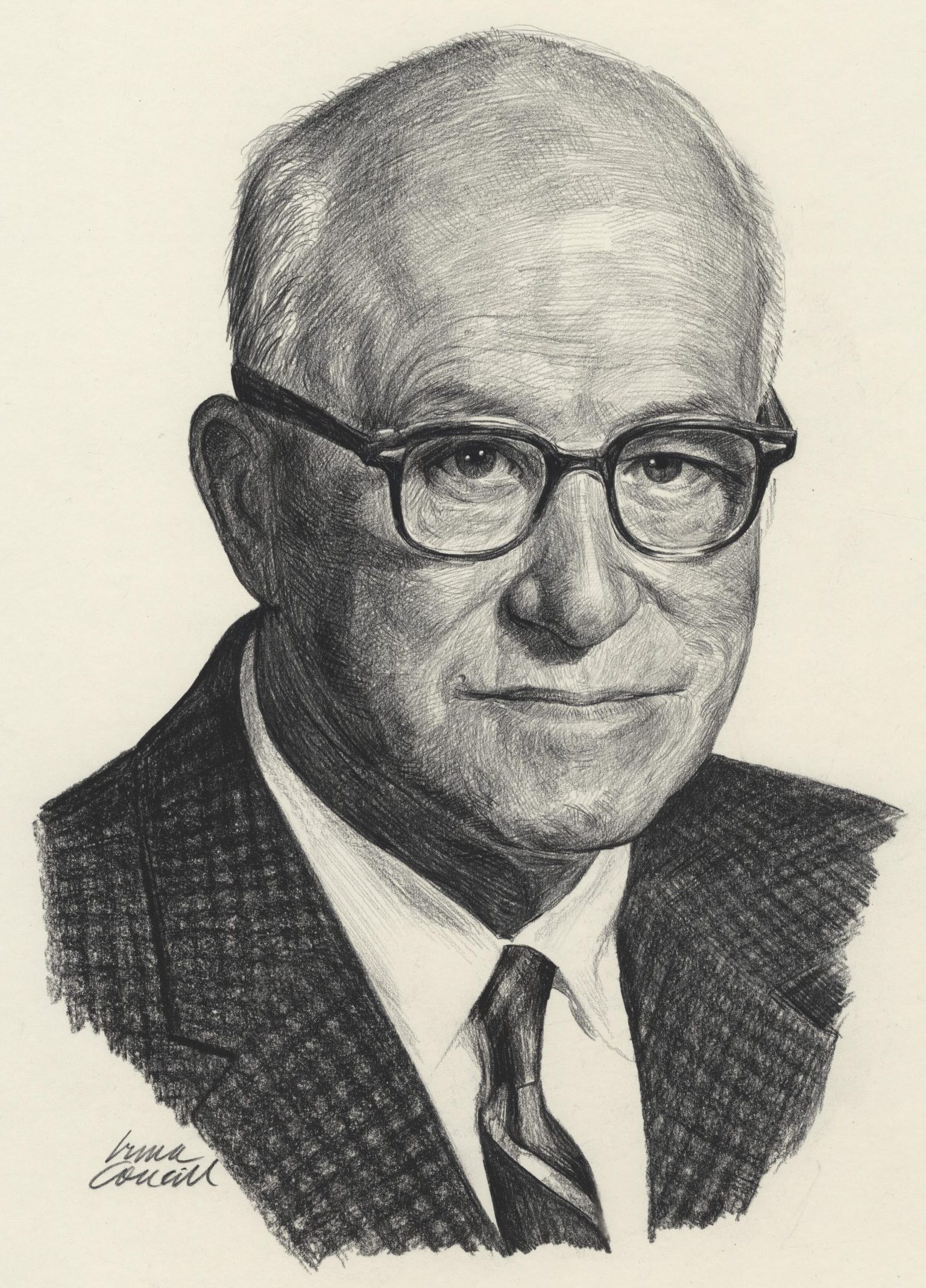Herbert Hollick-Kenyon

Nickname: Bertie
Birth Date: April 17, 1897
Birth Place: London, England
Death Date: July 30, 1975
Year Inducted: 1974
The long-range flights he captained during the Atlantic expedition and the Levanevsky search allowed the mapping of hitherto uncharted areas, which contributions have proven of great benefit to the international fraternity of aviators, and of outstanding benefit to Canadian aviation
Work with the RAF and the RFC
Herbert (Bertie) Hollick-Kenyon was born in London, England, on April 17, 1897, moved to British Columbia as a youth and worked locally until 1914 when he joined the Canadian Army as a trooper and was sent overseas. He was wounded at both the Somme and Ypres in France during 1916 and was returned to Canada and medically discharged.
Following his recovery, Hollick-Kenyon joined the Royal Flying Corps (RFC) in Canada in 1917 and attended the School of Aeronautics at the University of Toronto. He enrolled in flight training at the RFC's winter training facility at Fort Worth, Texas, and returned to Camp Borden, Ontario, where he graduated as a commissioned pilot. He was retained there as an instructor for the balance of that year, then was assigned to service in the United Kingdom in 1918 immediately preceding the war's end. He served in England with the Royal Air Force (RAF) until his unit was disbanded, and for the next two years was an officer with the Royal Irish Constabulary.
In 1922 he rejoined the RAF as a flying instructor, and during this tour of duty he helped to pioneer the early British sound detection system which warned against incoming aircraft. He resigned from the RAF and returned to Canada in 1928 and went to work as a pilot with Western Canada Airways Limited.
The MacAlpine Expedition
When the MacAlpine Expedition was marooned in the Canadian Arctic during the fall of 1929, he was one of several pilots who spent weeks on the lengthy and difficult search. A major problem which caused delays was that during the time of freeze-up, it was unsafe to fly with either skis or floats, and this was complicated by the differences between freeze-up times in the south and northern regions. When the MacAlpine party, including pilot Stan McMillan was eventually located at Cambridge Bay, Hollick-Kenyon assisted in flying them from the Arctic Ocean to The Pas, Manitoba.
Prairie Airmail
In 1930, when Western Canada Airways merged with Canadian Airways Limited, Hollick-Kenyon was assigned to the night Prairie Airmail Service on the Winnipeg-Regina route. In 1933 he was assigned to fly the Edmonton-Great Bear Lake route and with Walter Gilbert inaugurated the airmail service to Cameron Bay.
An Antarctic Expedition
Hollick-Kenyon left Canadian Airways in 1935 to work for explorer Lincoln Ellsworth on his Antarctic expedition. He had been selected to pilot Ellsworth's single-engined Northrop Gamma monoplane across a major area of the continent from Dundee Island to Little America, a flight of some 2,250 miles (3,620 km) over a land never before seen from the air. The actual flying time of the trip was 20 hours, during which they encountered numerous mechanical and weather problems, forcing them to remain on the hostile terrain for two months. The flight called for him to fly the ski-equipped aircraft across 300 miles (480 km) of open water of the Weddell Sea and over 12,000 foot (3,660 m) mountains, with only basic navigational aids and without the benefit of weather science.
In tribute to his outstanding achievement, a major land area on the Antarctic continent was named the Hollick-Kenyon Plateau and the Royal Canadian Air Force named him honorary Air Commodore. On his return from Antarctica he was employed as a pilot with Skylines Express, owned by Jack Moar.
A Daring Rescue
In 1937 Hollick-Kenyon became involved in one of aviation's greatest aerial searches, covering the western Arctic from Siberia through Alaska and the Yukon. Australian explorer Sir Hubert Wilkins was asked to head a rescue expedition to locate the Russian pilot, Sigismund Levanevsky and his five companions, missing on a trans-polar flight from Moscow, Russia, to Fairbanks, Alaska. Hollick-Kenyon was selected to pilot Sir Hubert's long-range aircraft during the search, which he flew on dangerous search patterns from Point Barrow, Alaska, to Coppermine, Northwest Territories, and then to within 120 miles (190 km) of the geographic North Pole. He flew almost five months of the eight-month long search during the hours of polar night. Also participating in the search was A.M. 'Archie' McMullen and R.C. 'Bob' Randall.
New Positions and Recognition
When Trans-Canada Air Lines was formed in 1937, Hollick-Kenyon was hired as dispatcher in Winnipeg, Manitoba. He was transferred to Lethbridge, Alberta, and became Operations Superintendent of the pilots who pioneered the Rocky Mountain Route to Vancouver, British Columbia. As a tribute to complete mastery of his craft, the airport at Lethbridge was named Kenyon Field.
In 1942 he joined Canadian Pacific Airlines (CPA) and served in flying capacities in Western Canada, Yukon and Northwest Territories, beginning as Superintendent at Whitehorse, Yukon, and rising through Check-Pilot to become the line's first Chief Pilot. He eventually took command of all CPA's pilot training at Vancouver, retiring from the company in 1962.
During his extended career Hollick-Kenyon flew 45 aircraft types as pilot-in-command for 14,000 hours. He became one of only a few airmen to pilot an aircraft across area adjacent to both the North and South Poles.
He died in Vancouver on July 30, 1975.
Hollick-Kenyon’s name is associated with ‘Pilot Sound’ a large residential area in northeast Edmonton. On June 8, 1978 the Wardair Boeing 747 “The Herbert Hollick-Kenyon” left Seattle for Edmonton on it’s Inaugural Flight.
Herbert (Bertie) Hollick-Kenyon was inducted as a Member of Canada's Aviation Hall of Fame in 1974 at a ceremony held in Edmonton, Alberta.
To return to the Inductee Page, please click here.
